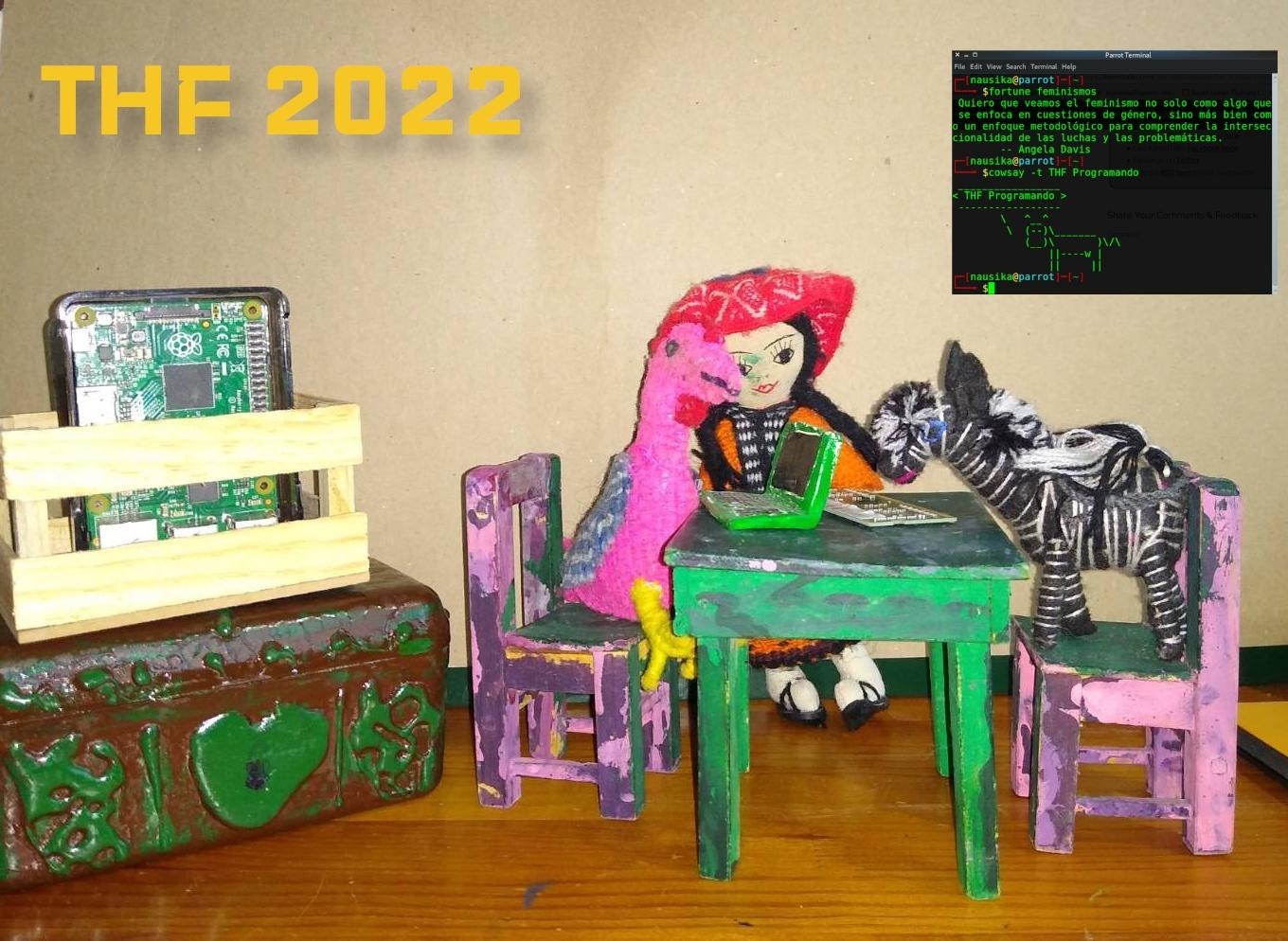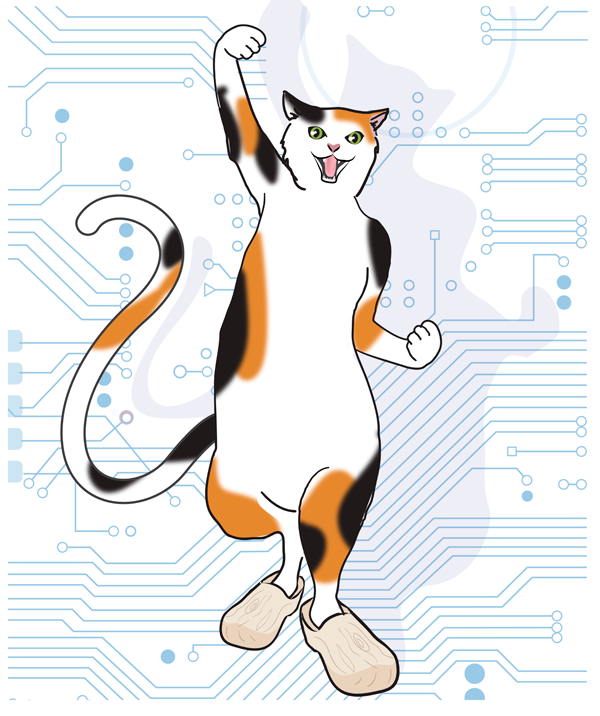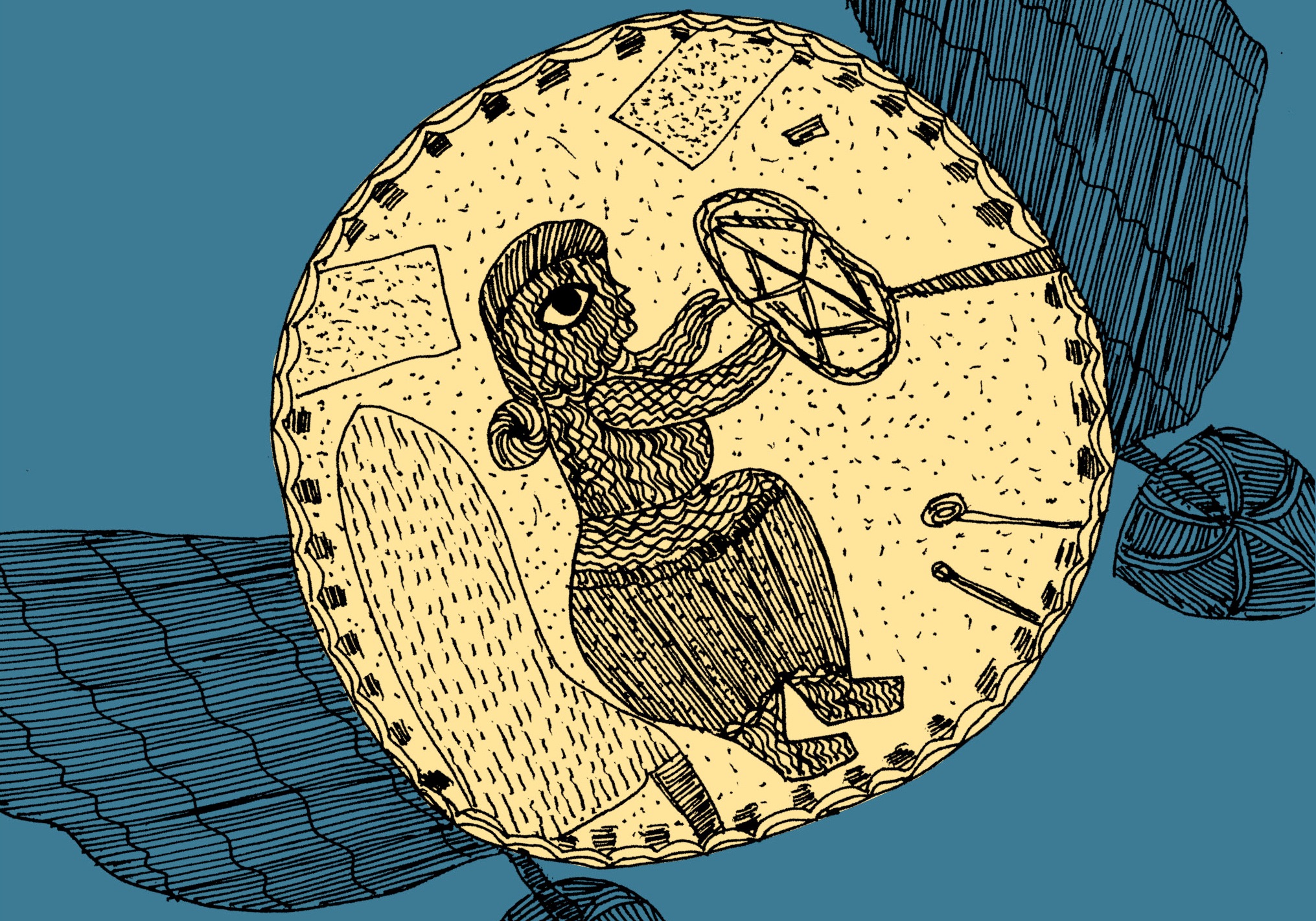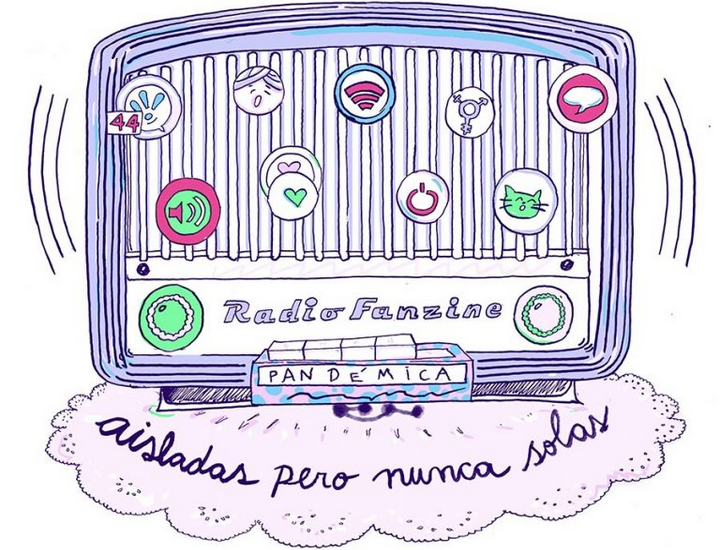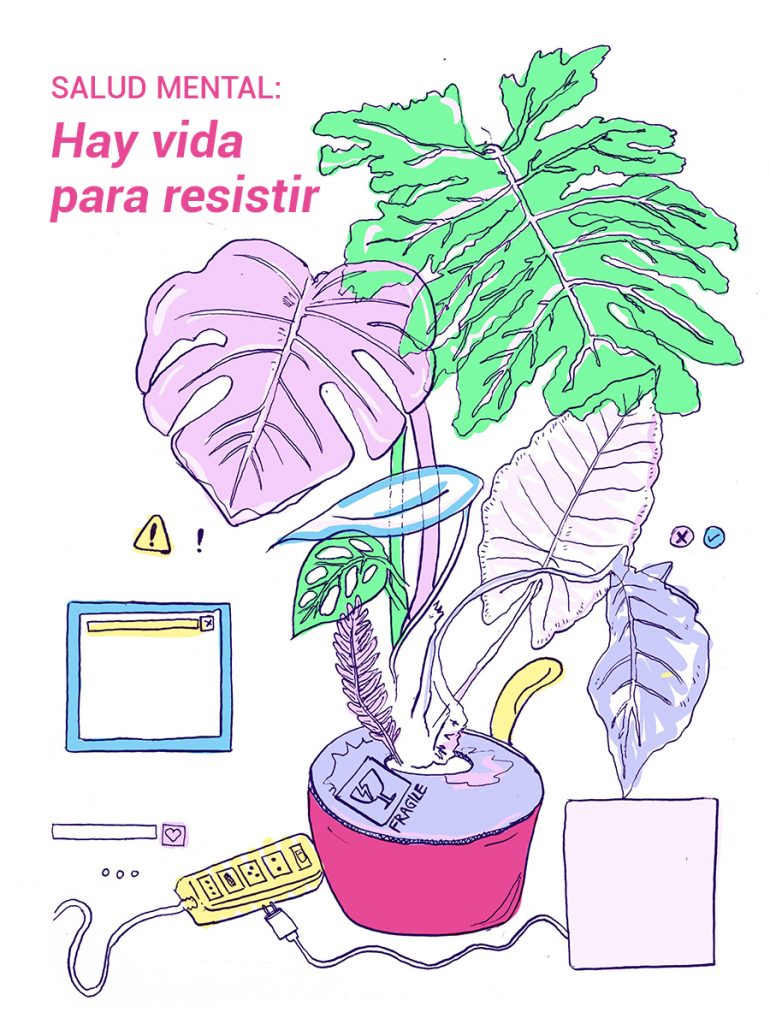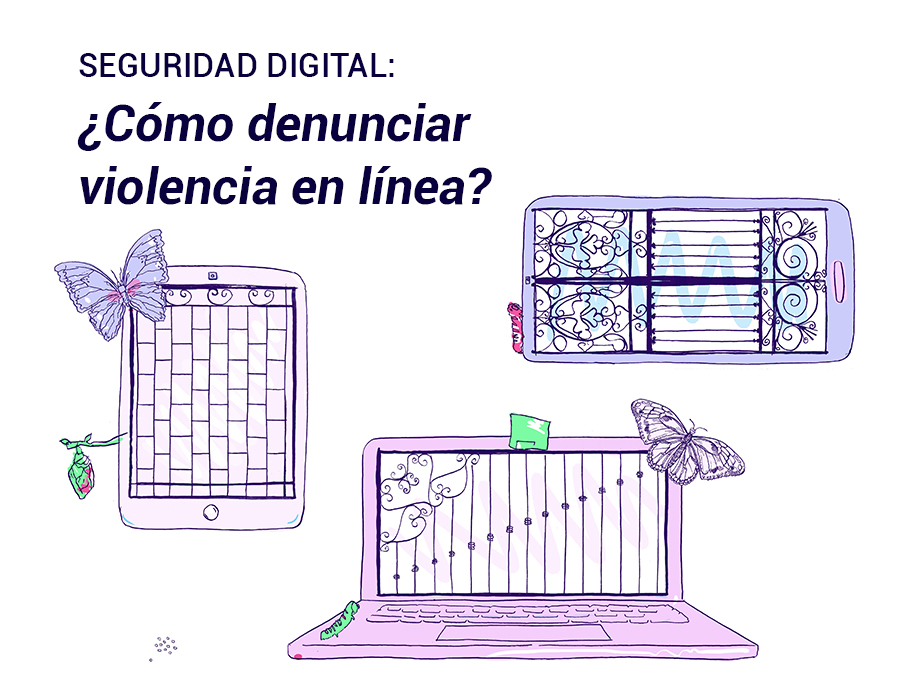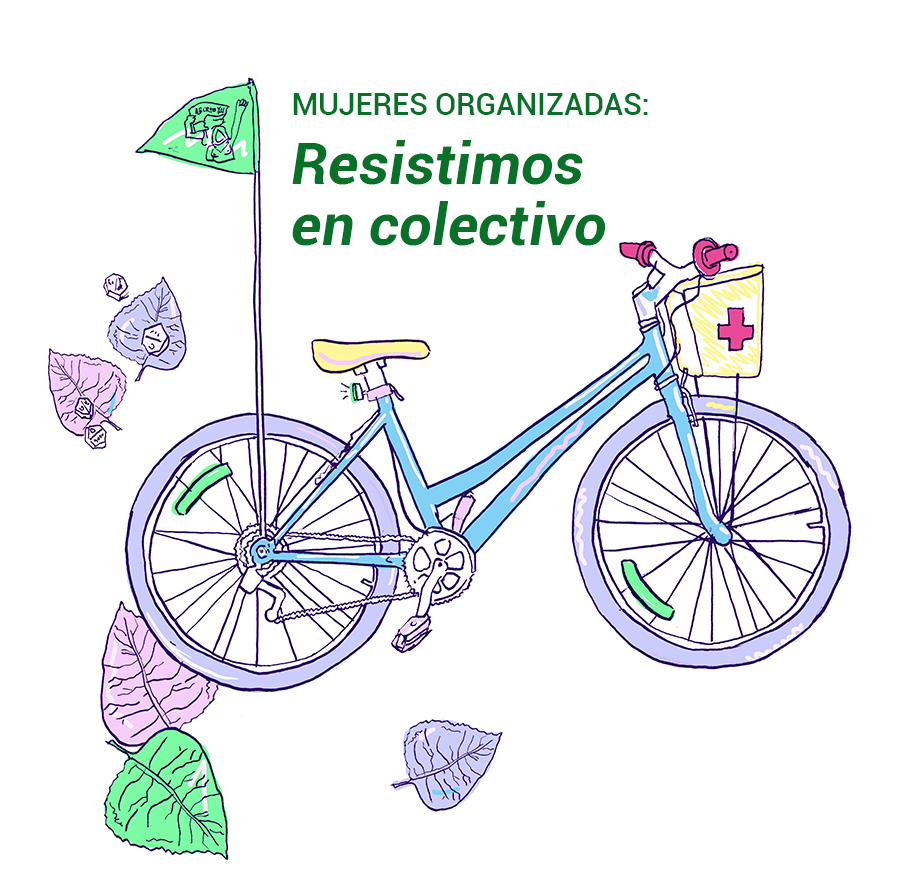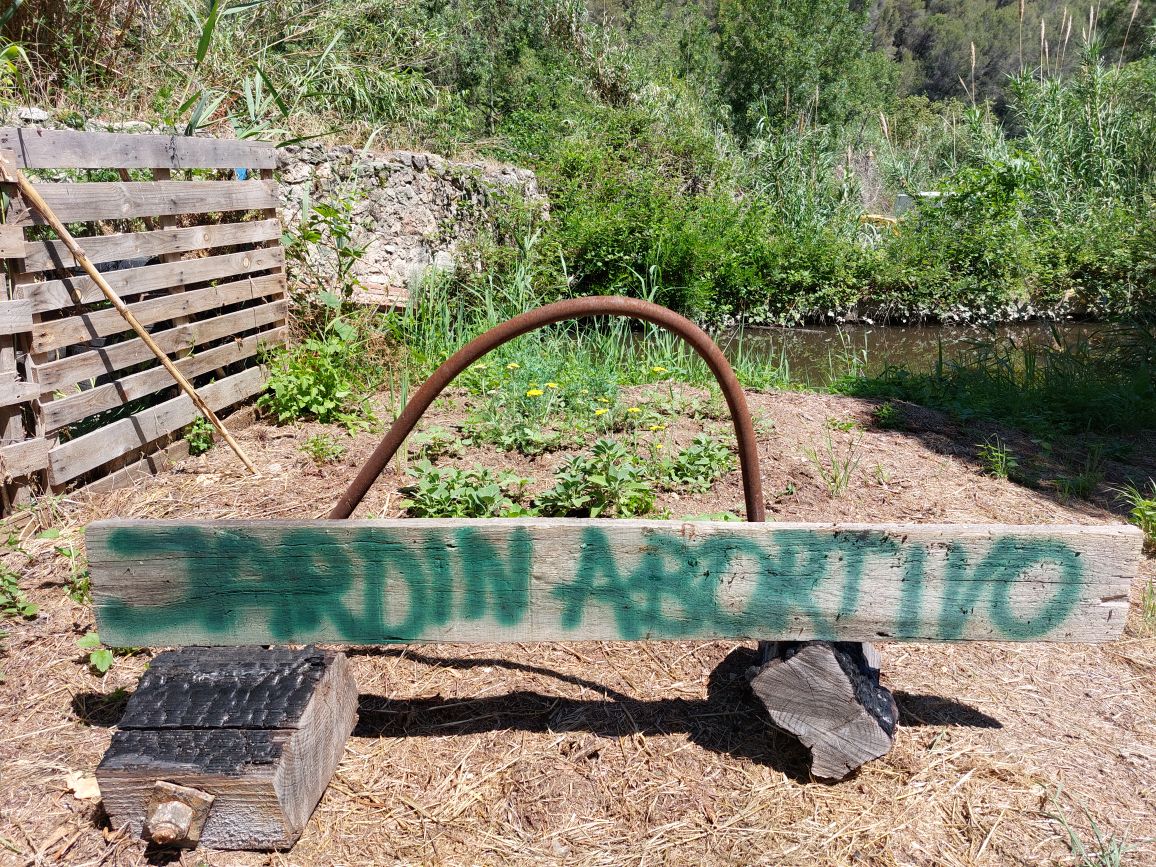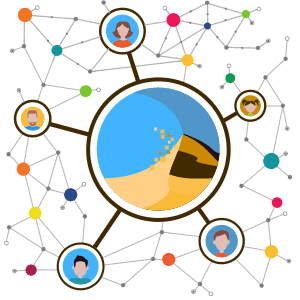This presentation examines the historical and contemporary shaping of feminist artificial intelligence (FAI). It begins by looking back at the history of FAI through the writings of Alison Adam and her students to enrich the plural histories of AI and to write back feminist history into AI.
Then, it builds on Alison Adams understanding of AI and its feminist critiques to suggest a typology for understanding FAI namely as model, as design, as science, as policy, as discourse and as culture. This typology shed light on the following questions: What is feminist AI? How is it understood in theory and practice? What does it do? And how has feminist AI been shaped over time?
Language: English, can be done in French
Notas:
Motivación para hacer esta recapitulación: surge de la académica, de los escritos de los activistas, reportes de organizaciones civiles y de los derechos humanos. Es una mirada interseccional entre Inteligencia Artificial (AI), posthumanismo, Inteligencia Artificial transfeminista, Inteligencia Artificial decolonial e Inteligencia Artificial del sur global. Surge de la investigación y práctica decolonial, feminista e interseccional sobre Inteligencia Artificial.
0.- Historia de la Inteligencia Artificial Feminista (FAI, por sus siglas en inglés).
- Alison Adam. Artificial intelligence and women’s knowledge, 1995
- Artificial Knowing: Gender and thinking machines, 1998.
Contexto de la FAI: 1970-80’s cuestionamiento, interrogantes sobre la ciencia desde una perspectiva de la epistemología feminista. Situado en el género y formas interseccionales de la tecnología (Haraway 1988). Alison Adam escribió sobre FAI cuando la inteligencia artifical simbólica era el modelo predominante.
¿Qué significaba el término inteligencia? Implicaba el diseño, la forma predominante era una mirada ingenieril.
1.- FAI como modelo.
1.1.- IA Simbólica (SAI) vs IA Conectiva (CAI), es decir redes neuronales o machine learning.
En las SAI, el conocimiento de los sistemas de IA consiste en palabras y frases que les permiten realizar tareas. Se basa en cómo las personas realizan sus procesos de pensamientos. Depende de los humanos para crear las reglas sobre los modelos sobre cómo creemos que pensamos. Estos sistemas eran desarrollados por hombres blancos cis en universidades en el norte global.
Las CAI se centran sobre probabilidad y estadística, las máquinas y algoritmos aprenden con datos. En 2012 un grupos de investigación en Toronto demostró la potencia de una IA con el algoritmo llamado AlexNet que ganó en ImageNet Large Scale Visual Recognition Challege (Prof. Geoffrey Hinton). Ese año marca el potencial comercial de la IA. Empresas y gobiernos comienzan a usarlos al ver esto. Ahora esa tendencia es exponencial.
Para más información consultar A people’s guide to IA, Artificial Unintelligence.
1.2.- Alison Adam reacciona a esto para articular una AI feminista, antes de poner en común el concepto. Expuso tres críticas:
- Hay una controversia sobre la forma de entender qué es inteligencia.
- El modelo de racionalidad utilizado es problemático. Esto precede al cuerpo sin considerar lo cultural del mismo. Cuando comienza la robótica la corporalización física que precede lo cultural y la mente es obviado.
- La IA tiene que estar menos dominada por los hombres.
Crea un prototipo con sistemas basados en conocimiento feminista.
Chloe Furnival apoya a Adam en desarrollar un marco legal feminista sobre la recolección de datos. La premisa era apoyar a las mujeres que vienen de clases más bajas que son excluidas por los algoritmos.
Por otro lado, Maureen Scott apoya a Adam a desarrollar un lenguaje computacional feminista que buscaba apoyar la comunicación de género para las personas con diferentes contextos e historias para intentar reparar de manera significativa los “malos entendidos” comunicativos entre hombres y mujeress. Fue un sistema reflexivo porque ambos estabas siendo contradictorios e incluso replicaban las críticas del conocimiento situado y los resultados que salían de estos procesos. Parafraseando a Audre Lorde: la herramientas del amo no pueden desmantelar la casa del amo.
1.3.- Procesos actuales en torno a la IA:
- Data feminist (D’Ignazio and Klein, 2020)
- Feminist Data Manifest-No (Cifor et al., 2019)
- Caroline Sinder. Feminist Data Set. Conecta bases de datos feminista, algoritmos feminista y IA para hacer un chat bot feminista. En talleres recolectaba datos feministas que constituían el chat bot. Ella creaba una herramienta de conocimiento técnicamente responsable.
2.- FAI como diseño.
Basado en los principios de diseño justo. Libro basado en una crítica de género, raza y otras identidades en donde quienes desarrollan entiendan el impacto de la IA.
3.- FAI como ciencia.
En Surrogate Humanity: Race, Robots, and the Politics of Technological Futures, Neda Atanososkia y Kalindi Vora concluyen que no existe la inteligencia artificial feminista ni decolonial.
Implicaciones de la IA: FinTech es un ejemplo de formas de trackear información y centralizar todos los datos personales en un número al cual el gobierno tiene acceso.
4.- FAI como política pública.
Estrictamente hablando, no existe una política pública vinculada a FAI. Existe el proyecto Feminist AI Research Network (f<a+i>r) apoyado por el gobierno canadiense.
5.- FAI como narrativa.
Sigue la tendencia tecnosolucionista por la cual (ahora) la FAI resolvería los problemas sociales a los que nos enfrentamos.
El discurso en torno a la FAI hace que la IA sea aceptable y accesible para las feministas. Esta es probablemente una de las razones por las que el discurso en torno a ella sigue siendo tan positivo, esperanzador y a veces incluso utópico. Hay un potencial emancipador que aún no se ha realizado.
6.- FAI como cultura.
Retoma la tesis de Judy Wajcman por la cual se afirma que “las tecnologías llevan la huella de las personas y el contexto social en el que se desarrollaron”, es decir, la tecnología y la sociedad se transforman mutuamente. Encarna la creencia de que el cambio de las normas y formas culturales en la IA y la sociedad conducirá a la FAI. Pone el ejemplo de Poieto.
7.- Conclusiones.
La FAI puede ser vista como una solución a los problemas sociales cuando no es así ni será una solución. El término es usado mayormente de forma positiva u utópica como un discurso. Algunas conclusiones:
- el término IA Feminista es muy poderoso para crear nuevos imaginarios sobre qué es posible;
- la IA feminista puede representar un gancho para que feministas se interesen por problemas sobre IA;
- podemos considerar la AI feminista como una forma de resistencia que puede ser discursiva y práctica a los sistemas de AI actuales;
- AI feminista es una intervención de feministas (académiques, técnicas, practicantes, artistes) dondequiera que estén;
- los proyectos de IA feminista provienen tanto del Sur global como del Norte global;
- la categoría AI feminista generalmente se describe positivamente en la práctica y la erudición.
